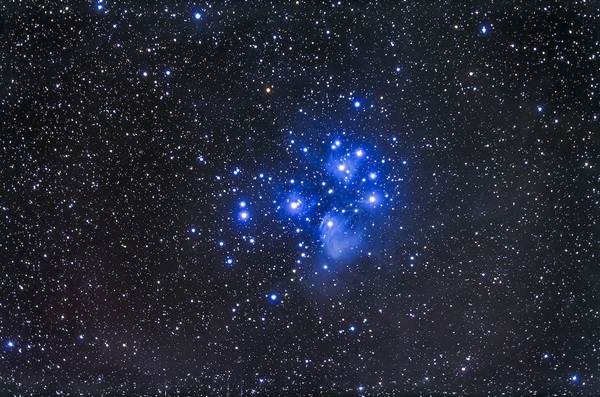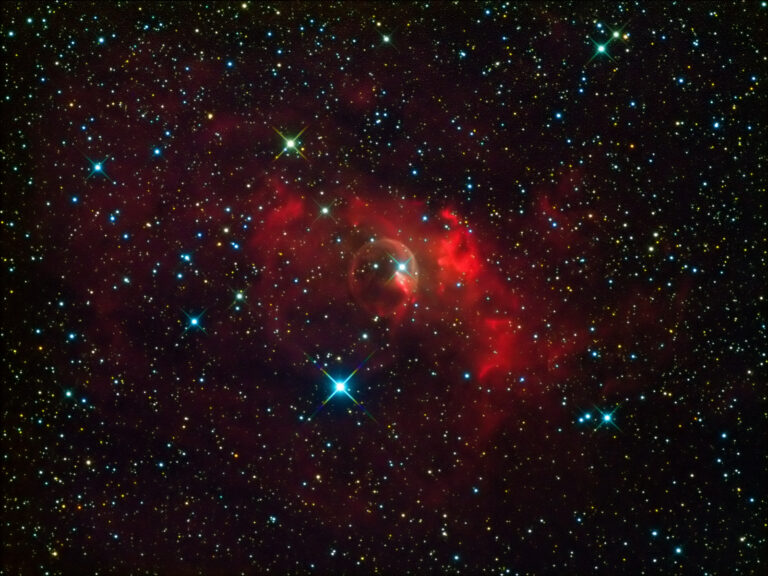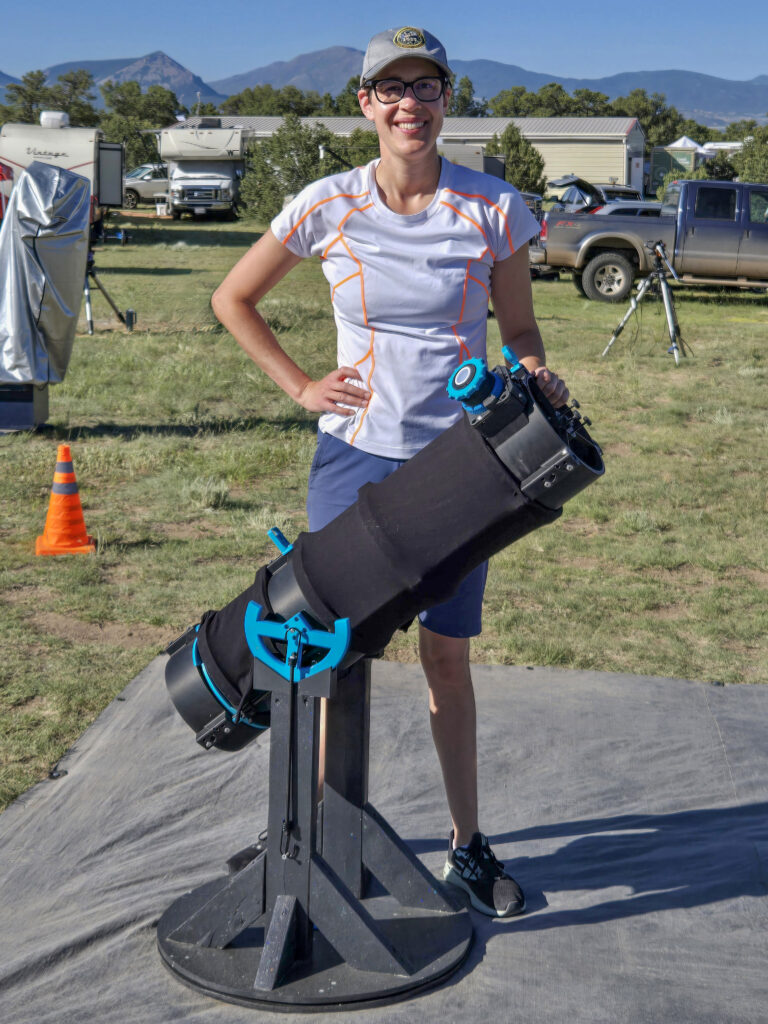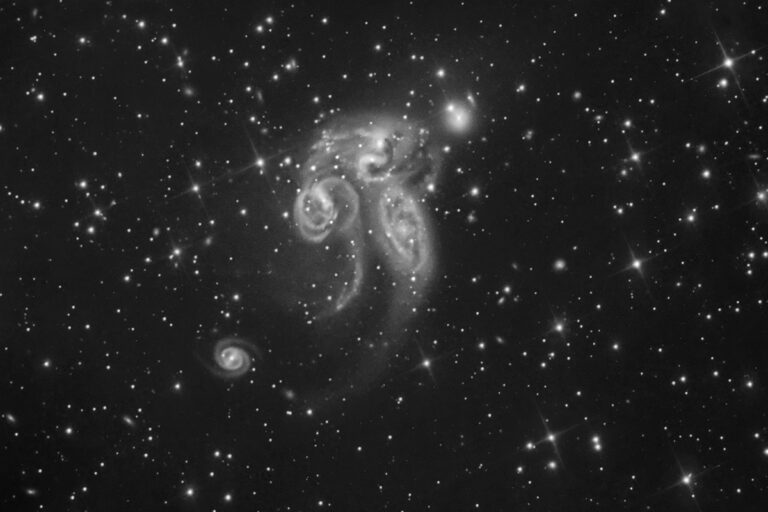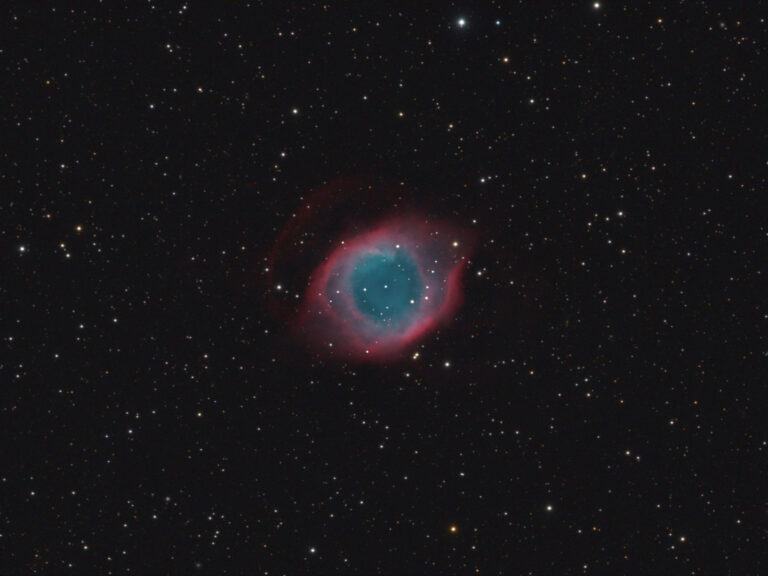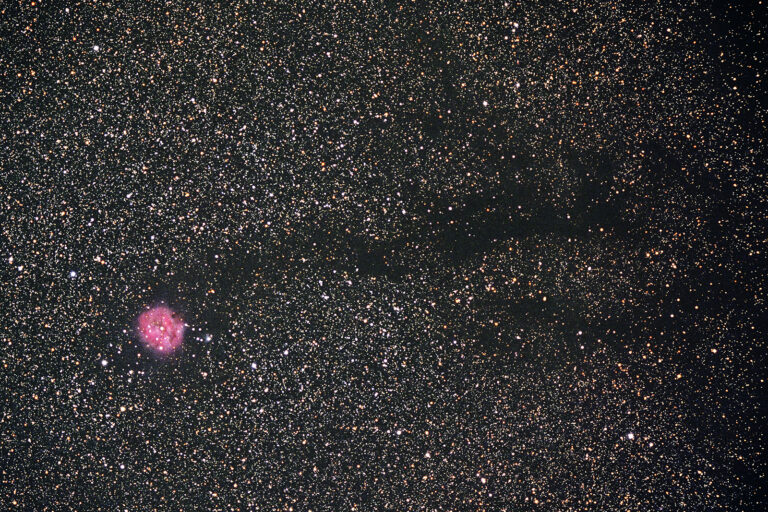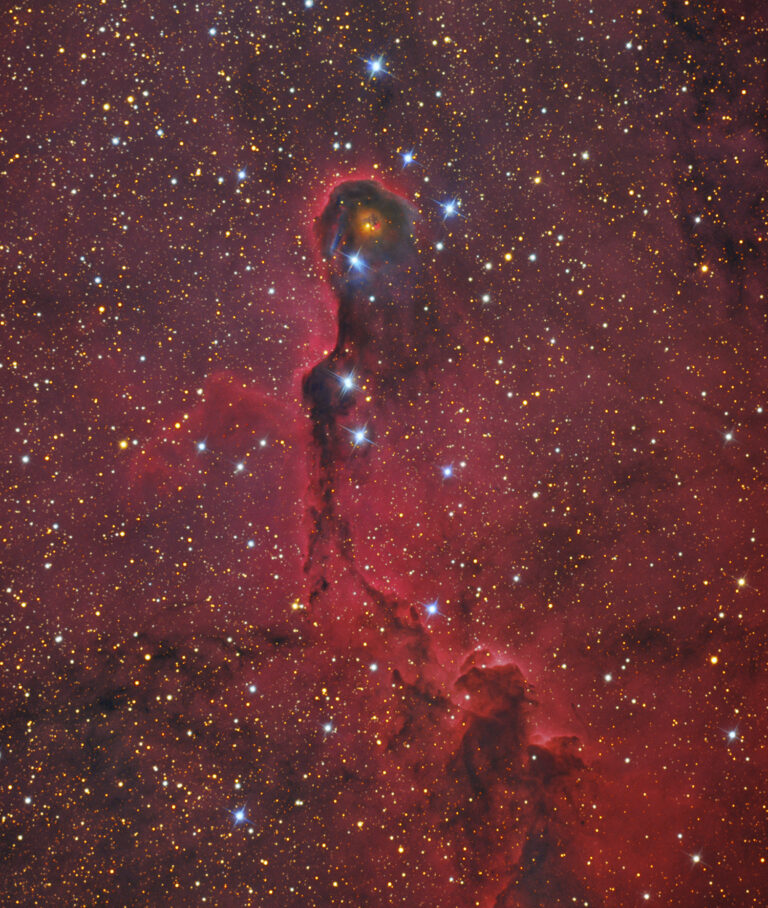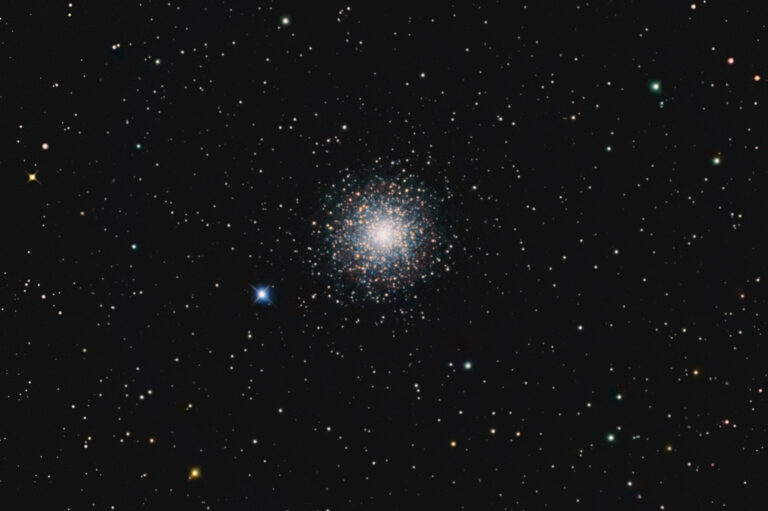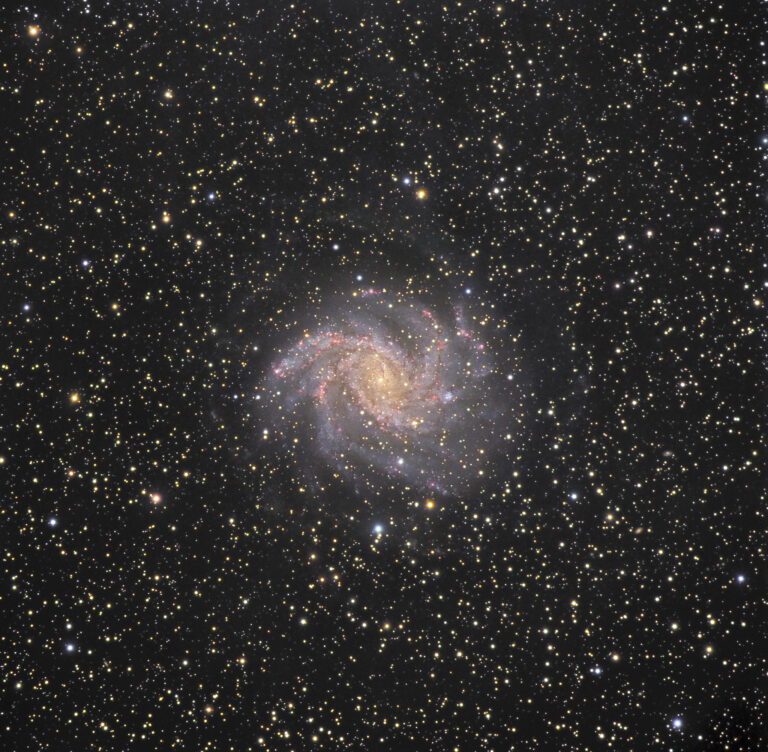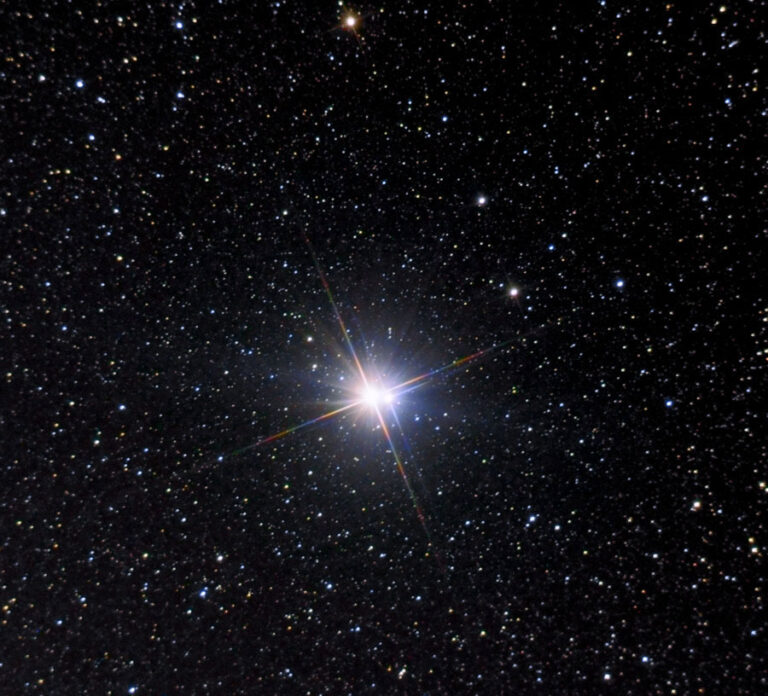Key Takeaways:
This is my final Observing Basics column. Since I’m not one to do things in a small way, I’ve decided to hold this press conference to answer any questions you may have about my 20-year stint here. First question — lady in the front row.
Why are you leaving Astronomy?
Actually, I’m not leaving. I’m just saying farewell to Observing Basics. I’m getting up there in years, and though I’m not ready to be put out to pasture, I’m slowing down to the point that I find it harder each year to keep up with the monthly deadlines and the reader email. It’s time to move on in favor of some fresh blood! I hope to stay with Astronomy, writing an occasional observing-oriented article. Next question — gentleman in the third row.
How did you land this gig as a columnist?
Great question! I’ve had the writing bug since putting together a little book on dinosaurs when I was in the 5th grade. Fast forward 20 years to 1977 and I saw an ad in Astronomy for a new publication called Deep Sky Monthly. I subscribed, and in the second issue, I came upon a request for contributing writers. While there would be no payment, I jumped at the chance to improve my writing chops. I quickly forwarded an article on my No. 1 deep-sky love — double stars. To my surprise and delight, the editor wrote back (there was no email in those days) saying he would be publishing my article and asking if I’d like to become a full-time Deep Sky Monthly columnist. Would I? You bet!
Through correspondence, I learned (to my dismay) that the editor of Deep Sky Monthly was a 17-year-old high school junior. I just knew this kid would either get a girlfriend, go off to college, or lose interest in astronomy altogether, and Deep Sky Monthly would suffer an early demise. I might have even reneged on my decision to contribute to the publication had I not remembered that my interest in astronomy blossomed when I was a 17-year-old high school junior.
However, I needn’t have worried. Deep Sky Monthly consistently improved in quality and increased their subscribers to the point where, in 1982, the magazine joined the AstroMedia publishing group alongside Astronomy. Then, 20 years ago, the editor-in-chief of Astronomy phoned to ask if I’d like to take over a column geared for novice backyard astronomers. That editor was that same kid who founded Deep Sky Monthly: David J. Eicher. I cringe to think where I’d be had I turned down his writing offer so many years ago! Next question — in the back row.
What was your best Observing Basics article?
My high school honors English teacher, Richard Gardner, refused to accept the half-baked writing that had gotten me through my earlier school years, instilling in me an awareness that good writing requires ample time and effort. That said, I’d chose my favorite not as much for the writing quality as for the message it conveyed; I’ve always felt my article in the April 2011 issue called “Size doesn’t have to matter” takes the cake. In it, I praised the capabilities of small-aperture telescopes and paid homage to a trusty telescope I’d owned and used since the mid-1960s — a 3-inch f/10 Space Conqueror from Edmund Scientific. I felt it important to communicate to my readers that you don’t need to purchase a mega-huge, mega-expensive, mega-high-tech telescope to enjoy the wonders of the night sky.
You have a second question?
What do you consider your worst Observing Basics article?
Well, when it comes to negative reader feedback, my worst Observing Basics article might be the one that appeared in the August 2004 issue. Titled “A ring and a triangle,” it included my opinion about the visibility of M57 (the Ring Nebula in Lyra). More specifically, I wrote that “Its annular (ring) appearance is visible only through 6-inch scopes or larger.” Several readers emailed to inform me that they had seen the ring with telescopes having apertures as small as 3 to 4 inches. One disgruntled reader went straight to the internet with a piece called “The Ring-ness of the Ring Nebula.” He blasted me for my obvious lack of astronomical knowledge, took my editor to task for not spotting such an egregious mistake, and stated that he was canceling his subscription to Astronomy. Ouch! (By the way, I was able to make out the ring with a 4-inch apochromatic refractor, so I humbly stand corrected. You learn as you go.) A young lady in the front row has a question.
In your final column, is there any December sky sight you’d like to spotlight?
I’ll close my tenure as Observing Basics columnist with the gorgeous naked-eye open cluster M45, better known as the Pleiades, or Seven Sisters. This swarm of cosmic fireflies offers a unique observing experience whether you study it with unaided eye, binoculars, or a telescope.
In December, the Pleiades appears high above the eastern horizon after sunset. From urban areas, this cluster may be a washout with even its brightest member, 3rd-magnitude Alcyone, hidden by light-polluted skies. On a moonless night, suburban skygazers will be able to see Alcyone and four or five fainter Pleiades. For keen-eyed folks observing from pristine dark-sky locales, that number can rise to a dozen or more! Binoculars and low-power, rich-field telescopes bring out the best in the Pleiades. While adding a few dozen more cluster members, they’re able to capture the entire group as well as the surrounding dark sky — a spectacular sight!
If you’re fortunate enough to live in an area blessed with dark skies, see if you can pick out the nebulosity that surrounds much of the Pleiades. A large-aperture telescope equipped with a medium- to high-power eyepiece doesn’t offer the most appealing view at first glance. (The cluster barely fits in such a field of view!) But take another look and you’ll see a number of double and multiple stars, several of which I described in the January 1980 issue of Deep Sky Monthly.
Look next to Alcyone to observe a striking, wide triple system comprised of stars shining at magnitudes 6.3, 8.2, and 8.7. With Alcyone and a handful of fainter stars, it forms a multiple system identified in star atlases by the Wilhelm Struve catalog designation Σ I 8, or in the Washington Double Star Catalog as STFA 8.
Since there are no more raised hands, let me offer some closing comments. Writing this column has been a dream come true for that 11-year-old youngster who made a book on dinosaurs. I hope that during my two decades of writing Observing Basics, I helped a few beginners enter a lifelong love and pursuit of backyard astronomy, and that I also encouraged a few veterans to try something new.
Best wishes to whomever picks up where I left off. And a huge thank you to Dave Eicher and all the other Astronomy staffers as they continue to put out the world’s greatest astronomy magazine. This includes the editors and copy editors who took over Mr. Gardner’s job and helped my writing be the best it could be.
Finally, a special thanks to you, the readers. Without your encouragement, suggestions, and, yes, even criticisms, putting together this column wouldn’t have been the rewarding experience it was.
To all of you, a heartfelt “Clear skies!”

